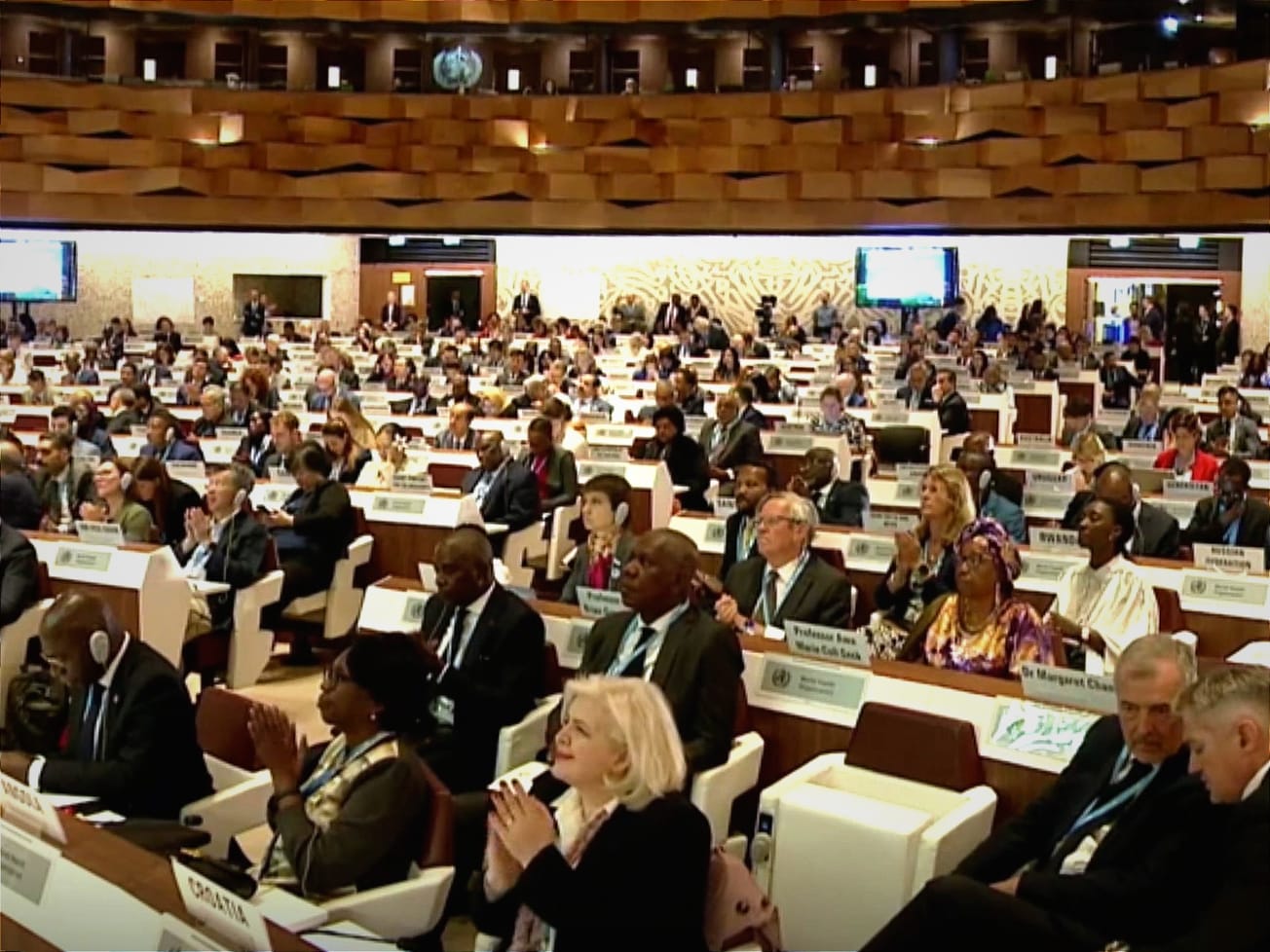NAIROBI, Kenya (AN) — A huge "gap" in what is needed to cut carbon emissions puts the planet on track for average temperatures to rise "in excess of 3 degrees Celsius this century," the U.N. Environment Program said on Wednesday.
The pandemic is expected to cause a 7% drop in heat-trapping greenhouse gases from less industry, power use and travel this year.







